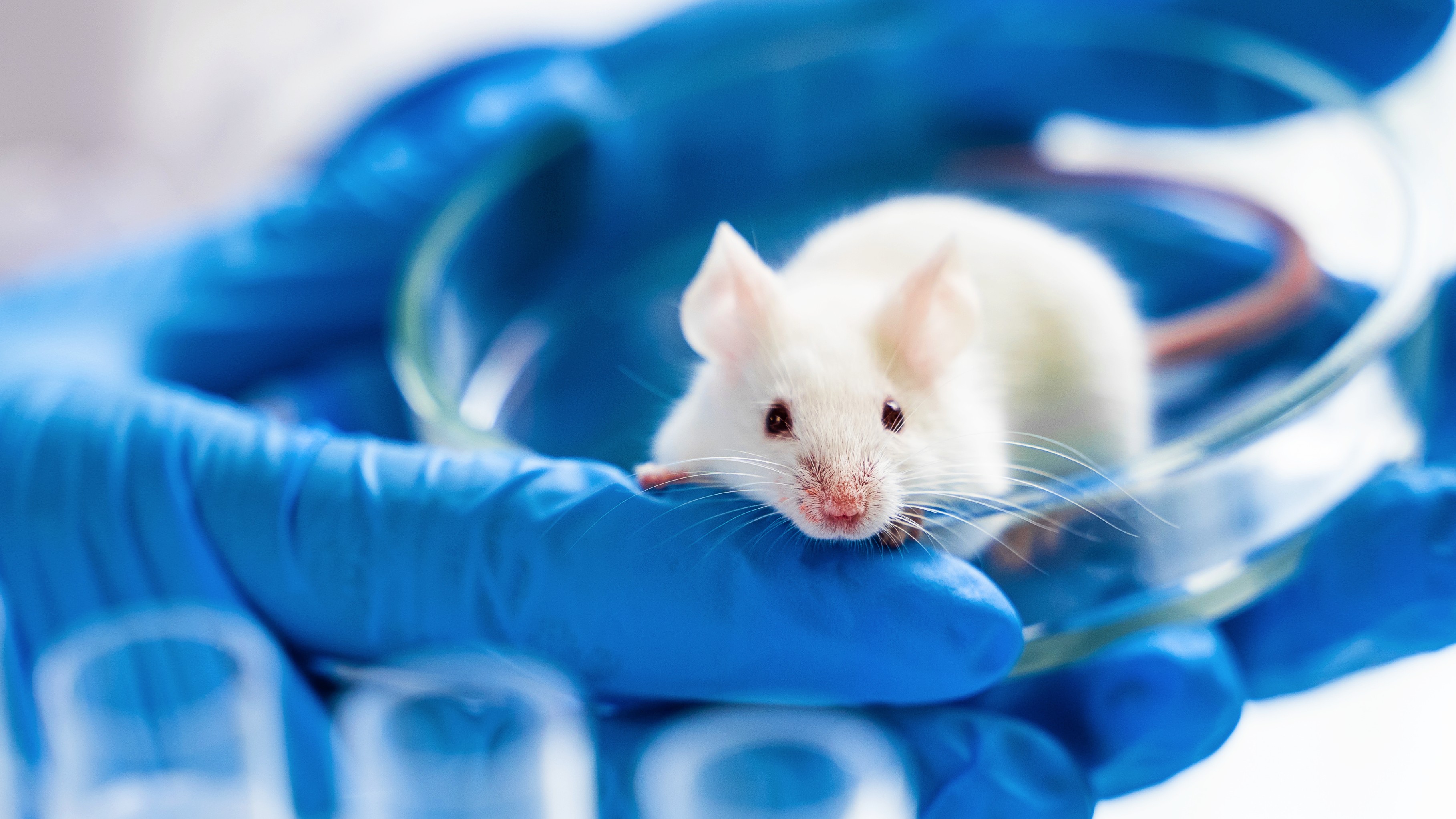Risk-taking behavior has a unique and complex brain signature

Credit: Anna Shvets from Pexels
- A study on more than 12,000 test subjects finds that risk aversion is related to how much gray matter people have in their brains.
- A follow up on another 13,000 test subjects further supports the findings.
- The study is not the last word on the nature versus nurture question.
According to new research, there is a good reason why it seems that way. People with higher tolerances for risk-taking have less gray matter in certain parts of their brains than others do, hinting at potential genetic differences as well.
Previous studies have reached similar conclusions but suffered from the “WEIRD” problem (Western, educated, and from industrialized, rich, and democratic countries); the college students involved in the studies were too different from the rest of the population to make the results widely applicable. For this study, published in Nature Human Behaviour, researchers were able to call upon more than 12,000 people from the UK Biobank dataset of medical information from a wide variety of backgrounds.
The researchers rated participants’ levels of risk aversion using self-reported levels of smoking, drinking, instances of driving over the speed limit, and tendencies to sexual promiscuity. Those who claimed to be more willing to engage in these behaviors were deemed to be more inclined to take risks.
They then compared brain scan images from the participants to their scores in search of relationships, determining that the amount of gray matter in certain parts of the brain was inversely related to the level of risk-taking a person was comfortable with.
The more gray matter, the stuff in the brain where most neurons are, the less risk they claimed to be taking. This finding remained even after controlling for gender, age, overall brain size, alcohol consumption, and handedness.
Now, this gray matter wasn’t just everywhere. It was found in the amygdala and ventral striatum regions of the brain. These areas are known to be involved in decision making and risk assessment.
However, the researchers also found correlations between risk-taking and the amount of matter in the hippocampus area, which is generally associated with memory. Parts of the cerebellum, an area that controls motor function but which is also thought to have some involvement in decision making, also appear to relate to risk-taking this way.
This suggests that the neural systems behind risk-taking are more complex than previously thought. A second review of an additional 13,000 people was conducted and it confirmed these findings.
Why these areas of the brain have the gray matter they have is a complex issue, but the researchers did investigate how much of it can be attributed to genetics. The relationships between genes and behavior are extremely complex. Still, by using a system that translated genetic variations in their test subjects into a “risk score,” which was tied to risky behaviors, the researchers could estimate how large a role genetics played.
They found that 3 percent of this behavior seems to be related to genetics and that 2.2 percent seems to tie directly to the genes that control gray matter in the brain.
Study co-author Philipp Koellinger commented on the genetic factor to Penn Today:
“We know that most behavioral traits have a complex genetic architecture, with a lot of genes that have small effects. It appears that grey matter of these three regions is translating a genetic tendency into actual behavior.”
Despite appearances, this study doesn’t settle the “nature-vs-nurture” debate in this area. As study co-author Gideon Nave told Medical Xpress:
“You want to think about the fact that there are family, environment, and genetic effects, and there is also the correlation between all these factors. Genetics and environment, genetics and family—even what appears to be a genetic effect could actually be a nurture effect because you inherit your parents’ genes.”
He added that these findings also open up new areas for researchers looking into the questions of how genetics and brain structure interact to influence our behavior.
As with all studies about what parts of the brain are doing what, remember that we learn new things about the brain every day. While this study sheds new light on what areas are involved with risk calculations, it could turn out to only be part of a larger picture. You might not want to take this as the last word on the subject.
Though, some of you might find that a risk worth taking.





